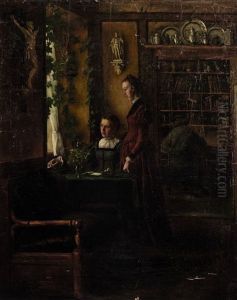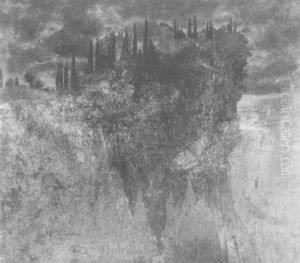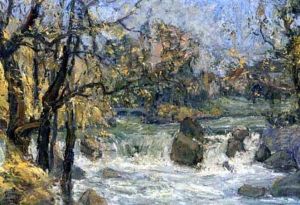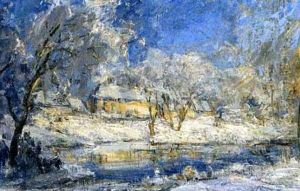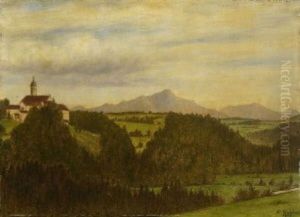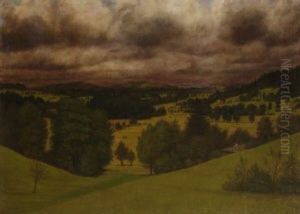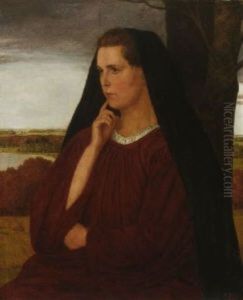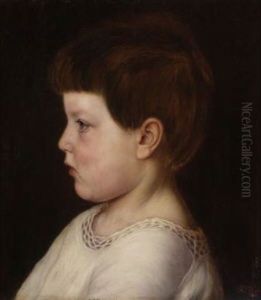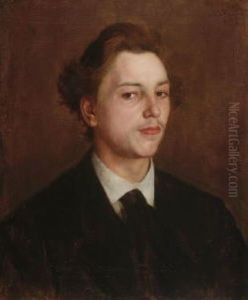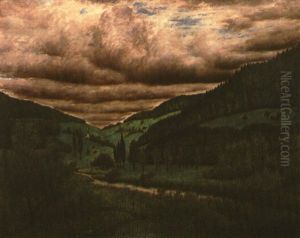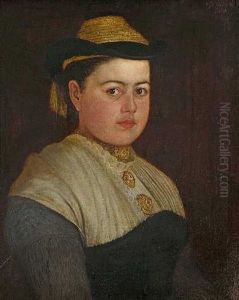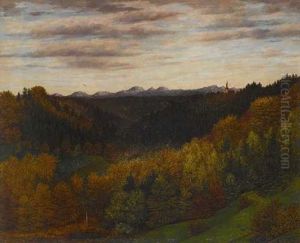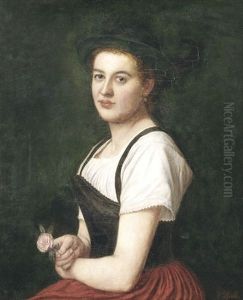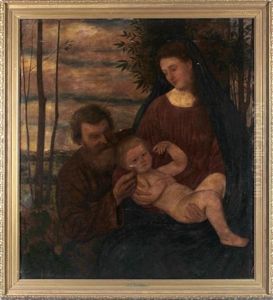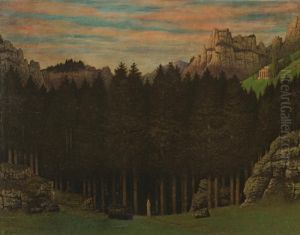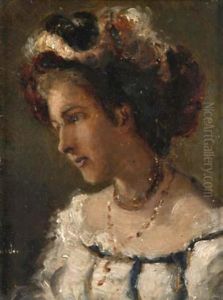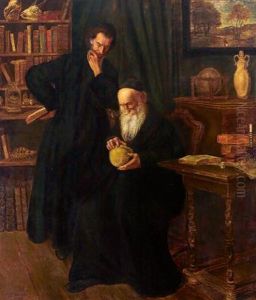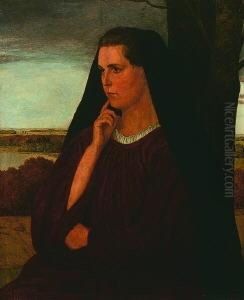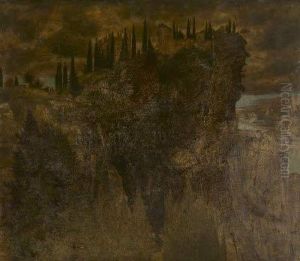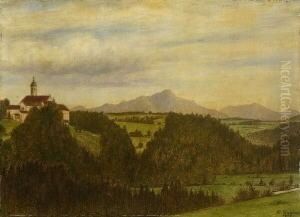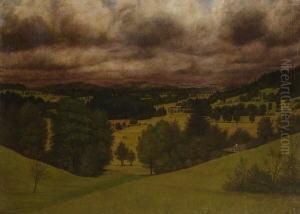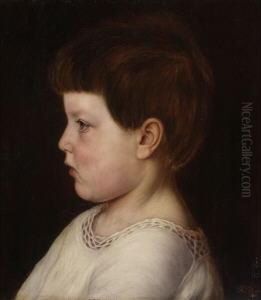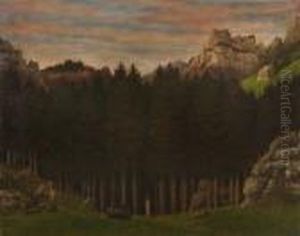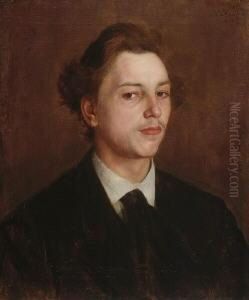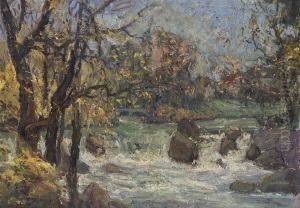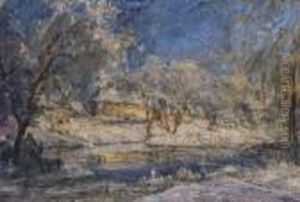Karl Haider Paintings
Karl Haider was a notable German painter born on April 10, 1846, in Burglengenfeld, Bavaria. He is primarily recognized for his genre paintings and portraits, which were quite popular during his time. Haider's artistic journey began at the Academy of Fine Arts Munich, where he studied under influential figures such as Arthur von Ramberg and Alexander Strähuber. His education equipped him with the classical techniques and a strong foundation in the academic style of painting.
During his early career, Haider gained attention for his detailed genre scenes, often depicting everyday life with a realistic touch and sometimes a hint of romanticism. He was particularly adept at capturing the nuances of light and shadow, which added depth and atmosphere to his works. Haider's portraits were also well-received, showcasing his ability to render human expressions and character.
One of Haider's significant contributions to the art world was his involvement in the Munich School, a group of 19th-century artists who were known for their naturalistic and realistic approaches. This movement was a departure from the then-dominant Romantic style, and Haider's works exemplified the group's focus on depicting life as it was.
Throughout his career, Karl Haider exhibited his works at various venues, including the Munich Glass Palace and the Royal Academy of Arts in Berlin. His paintings were appreciated by both critics and the public, earning him a reputation as a master of genre and portrait painting. Haider's legacy continued to influence other artists, and his works are still admired for their historical value and craftsmanship.
Karl Haider passed away on October 24, 1912, in Munich. Although not as widely known today as some of his contemporaries, his contribution to German art of the late 19th century remains significant. His paintings can be found in museums and private collections, where they continue to be studied and appreciated for their portrayal of 19th-century life and culture.
